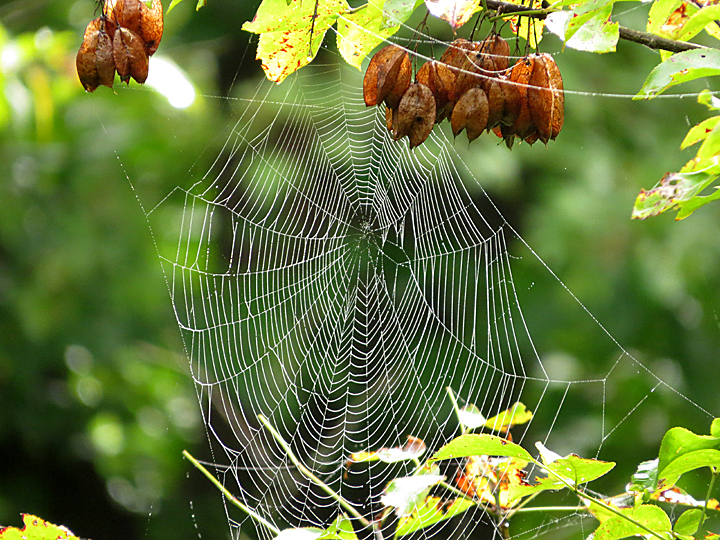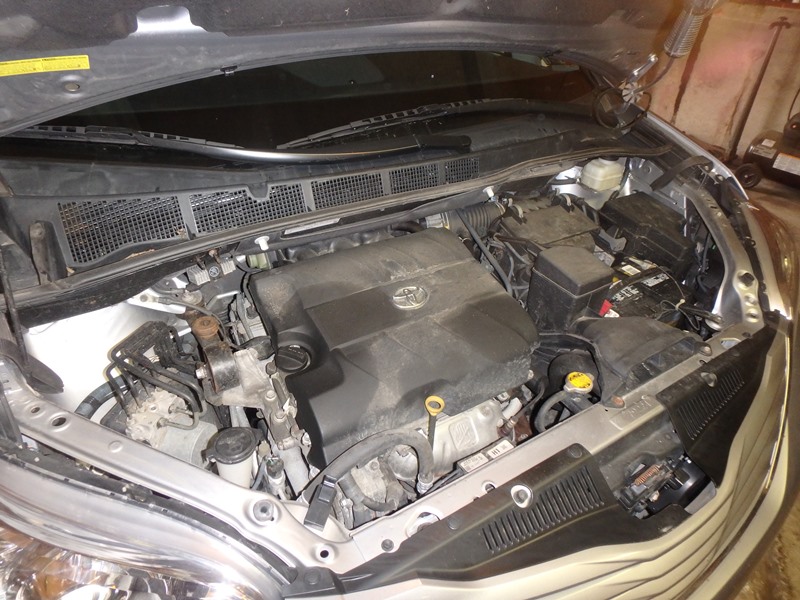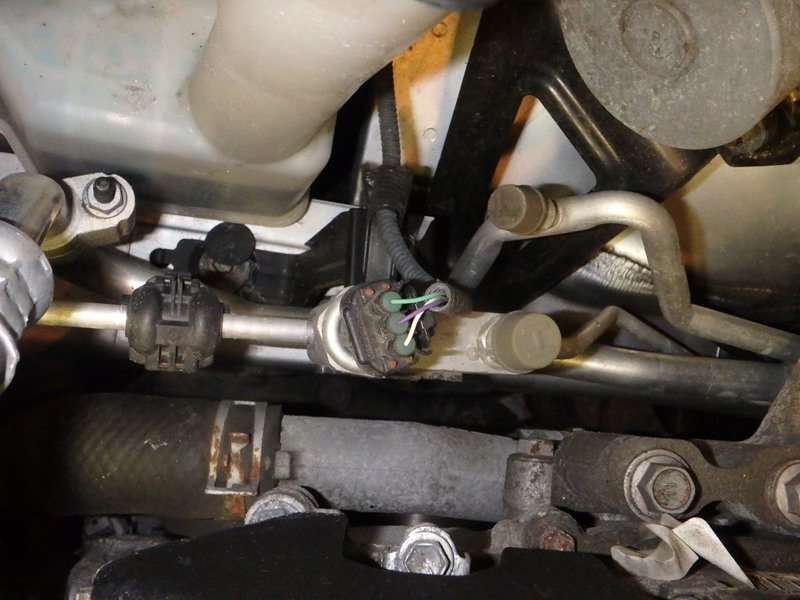Mariton: Biodiversity
by Tim Burris, Preserve Manager
When I wrote the Poison Ivy Field Note, I realized it was time to revisit Biodiversity (the diversity of life and species). When I first started studying trees and ecology my Dad would question my learning. For him “weed trees” were any species that couldn’t be used for lumber or produce food. (Sadly, some forestry students still leave college with the same bias.) Dad would say, “What good are… black flies, red maples, skunk cabbage?”, or anything that was bothering him. It was annoying because I didn’t know the answers. He did it mainly to tease me. Sometimes he was truly curious about something. But looking back it was his way of motivating me to move beyond mere identification and Latin names and always ask questions. That worked, because I keep observing and asking questions – and I still don’t know all the answers. (Just to be clear, Dad is a pretty good naturalist. After he retired, he spent hours watching Wood Duck boxes and keeping records. He spent enough time with binoculars to be able to distinguish the different male Cardinals in his yard. And yeah, he likes Red Maples.)

Photo by Carole Mebus.
In the decades since I left college, science has increased our understanding of the interconnectivity of nature. We now know more than ever about the microscopic mycorrhiza that connect trees underground and transfer nutrients. We know that Monarch butterflies depend on milkweed to serve as nurseries for their caterpillars. We know that certain fungi can kill Spotted Lanternflies. We still don’t understand all the strands of the web, but we have learned enough to understand that removing one strand could have disastrous consequences – or not.

Can you tell me how everything under your car’s hood keeps it running?
When someone asks me “what good is…?” a native plant or insect, I point to their car’s engine. We can hypothetically pop the hood and I will point to different parts. If they can’t identify that parts’ purpose, I’ll hypothetically disconnect it. The engine might still run at first, but eventually the system will completely collapse. Likewise, we can toss a bolt into a place where it doesn’t belong and have equally dire consequences. Biodiversity (all those species of things) is important in the same way. We can remove a few things and life will limp along. Or we can introduce a non-native species. Eventually if we remove enough things and introduce enough non-natives, we will have a complete meltdown. But we won’t know until it is too late.

What happens if I cut these wires?
We should be concerned when Cryphonectria parasitica comes to North America and decimates our American Chestnut trees. We should be concerned when Emerald Ash Borer comes to North America and kills our Ash trees. We lose biodiversity when we lose a species. Will the world as we know it still survive without Chestnut trees and Ash trees? Probably, but maybe not. We still don’t understand the complex web, let alone know what is connected to what. Who knows? Ash trees might feed some fungus that might provide a cancer cure. That is why it is important to protect Snail Darters and Little Brown Bats. Just like when our car breaks down, when Nature’s web breaks down it will affect the “inclusive Us”.
Dr. Ian Malcolm taught us that we have to be very careful when we tinker with nature. Unfortunately, (as Dr. Malcolm inferred) when we mess with Nature the results aren’t always kind to humans.
